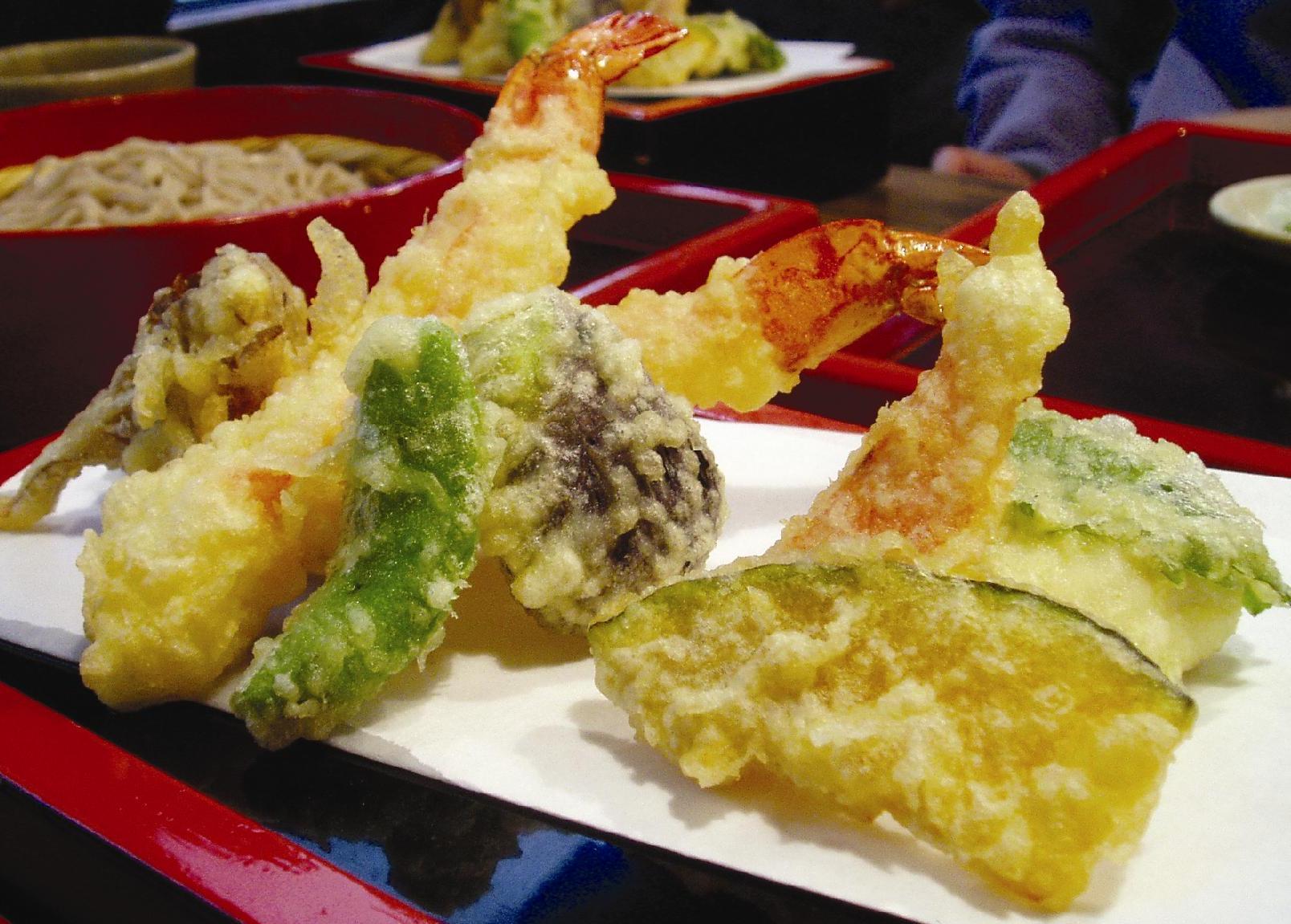Source google.com
As you can imagine, a lot has changed since I had my daughter a year and a half ago. I used to enjoy the challenge of recipes that took a bit of time, skill, and rapt attention and thought the extra work and care gave it the made-with-love charm. I’ve since revised that opinion and have a great appreciation for simplicity. Simplicity requires a different kind of attention, one that allows you to look deep into a process or ingredient. I like that it’s easier to identify what is working or lacking and that it’s practicality makes it also easy to adapt.
Pan-Tossed Green Beans and Pork was made on a whim and posted on Instagram a few weeks back. There was some interest in it, so I scribbled down some notes the next time I made it, to post here. My mom gave a very enthusiastic thumbs up (and was just as excited to eat the leftovers for lunch the next day) so I consider it worthy to post.
Chopping the green beans is the most time-consuming part, but the rest comes together very quickly. There are many possible variations (adding green onions, substituting the pork for beef, asparagus for green beans, adding bamboo shoots, etc.) but I’ll leave that up to you. The basic recipe here suits me just fine.
Heat a large pan over medium and cook the pork, breaking into small pieces with a wooden spoon. When no longer pink, transfer to a plate lined with a paper towel.
In the same pan, heat the oil, then add the green beans and toss to coat. Cook for a couple mins, tossing occasionally. Add the sake, toss again, and let it cook off.
Once green beans begin to brown, lower the heat to medium-low, add the garlic and toss more. Once fragrant, add the pork, oyster sauce, and shoyu. Toss, toss, toss. Once heated through, it’s done. Serve over and mix in with steamed rice.
After a long hiatus, I’m easing back into things with this simple, delicious recipe. It comes from Nancy Singleton Hachisu’s Japanese Farm Food, a book my very generous (and wildly talented) cousin Kathy let me thumb through. It’s a fairly thick tome, with a mix of approachable recipes (like this one), and complicated ones (like ramen—soup, noodles, rayu and all!).
The book is as much a story of her life as a wife of a Japanese farmer as it is a cookbook. I’m not finished reading it, but I take away from it a deep love of family, food, tradition, nature, and culture. And despite that, it isn’t stuck in a distant past. Hachisu has a way of smartly modifying her home, kitchen space, rituals, cooking, and these farm recipes to suit the needs of modern life.
This is a quick pickle, to eat with rice (would be great with ochazuke). In the past I’ve had this cabbage dish with kombu, chile flakes, and ginger, but I like it this way best, with the lemon zest. It adds the right amount of fragrant brightness to the salty cabbage.
A couple of notes. The original recipe calls for yuzu. This is Los Angeles. I’ve gone through 5 (expensive!) yuzus and haven’t managed a suitable one for use. I substituted Meyer lemon (which she suggests), picked ripe from my mom’s tree. I also omitted the chile flakes because I have a new eater hanging around these days. She’s the reason for my absence, but now that she’s found different ways of occupying herself while I’m cooking, I’ll be popping up here more frequently.
Japanese Food Recipes
Japanese Food Recipes
Japanese Food Recipes
Japanese Food Recipes
Japanese Food Recipes
Japanese Food Recipes
Japanese Food Recipes
Japanese Food Recipes
Japanese Food Recipes
Japanese Food Recipes
Japanese Food Recipes
Japanese Food Recipes
Japanese Food Recipes
Japanese Food Recipes
Japanese Food Recipes
Japanese Food Recipes
Japanese Food Recipes



No comments:
Post a Comment